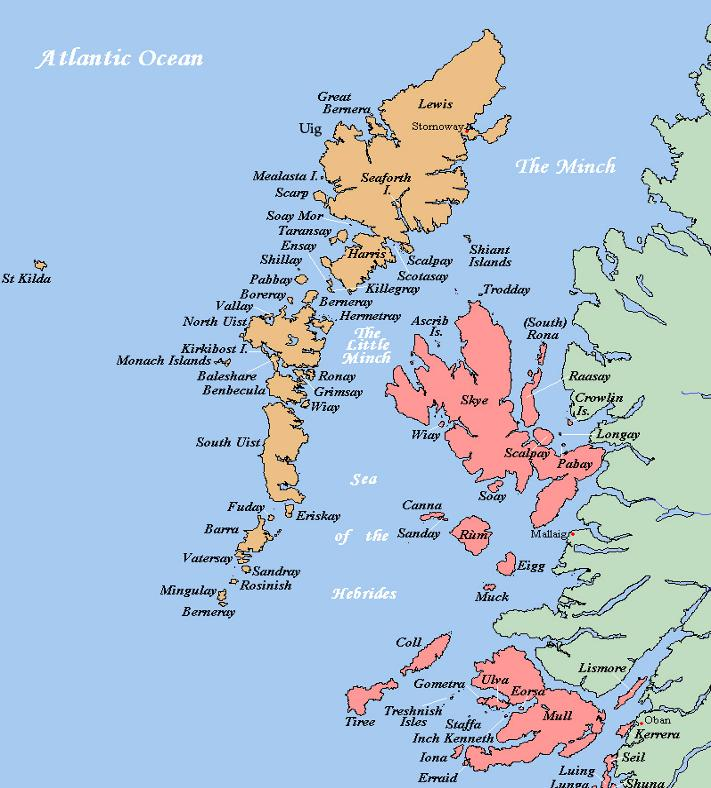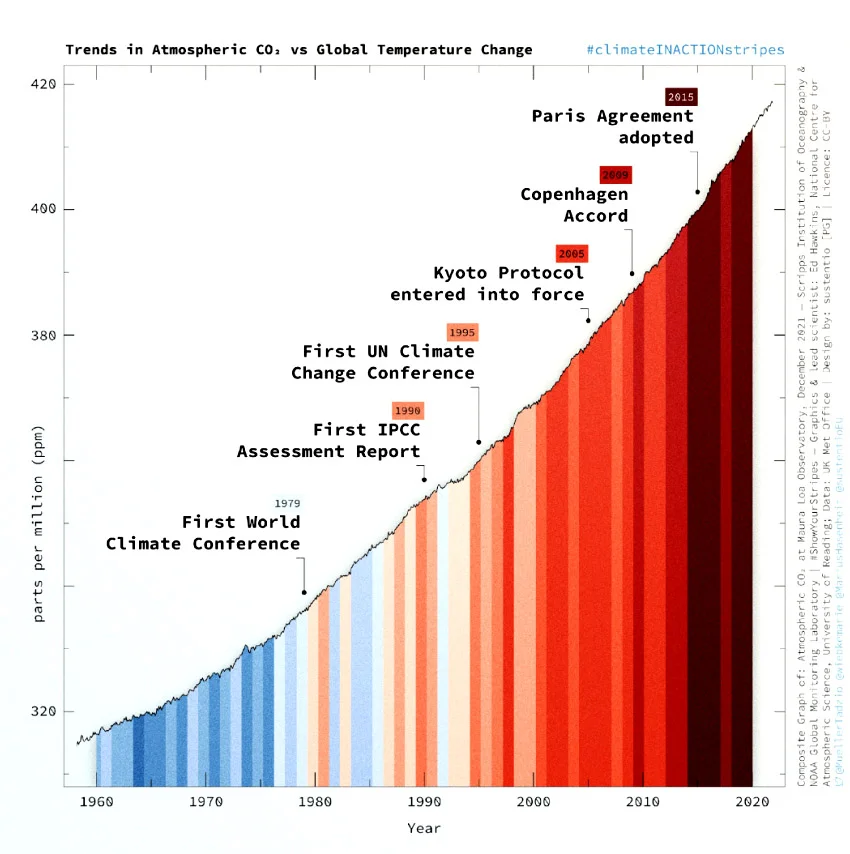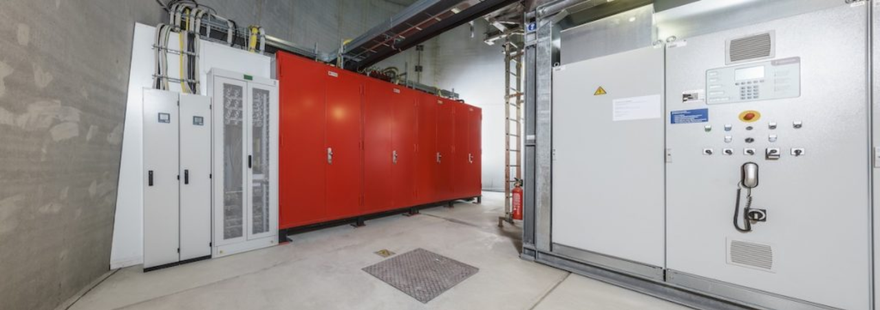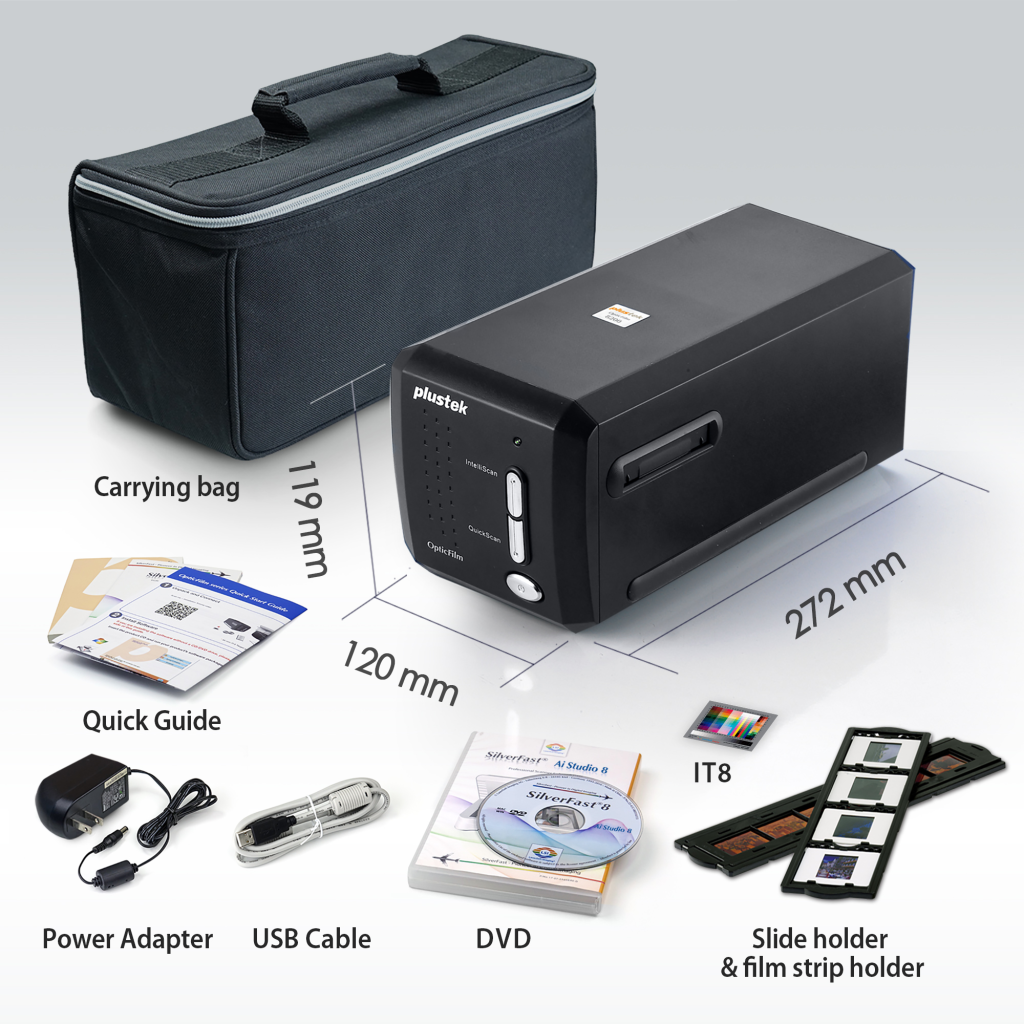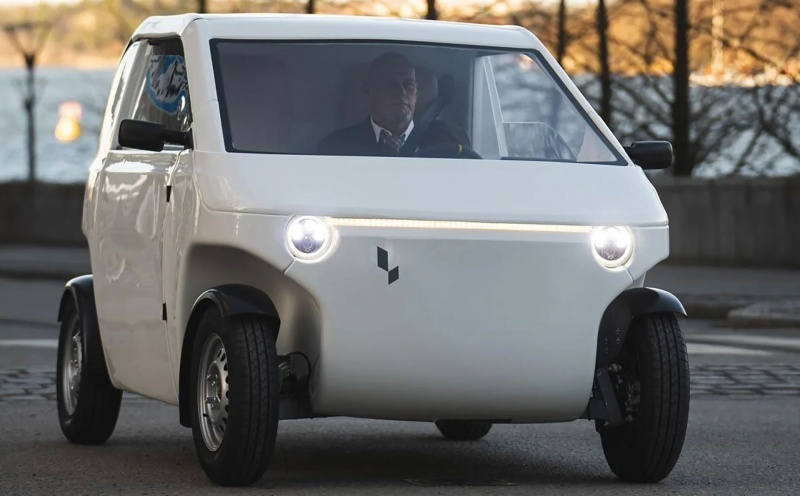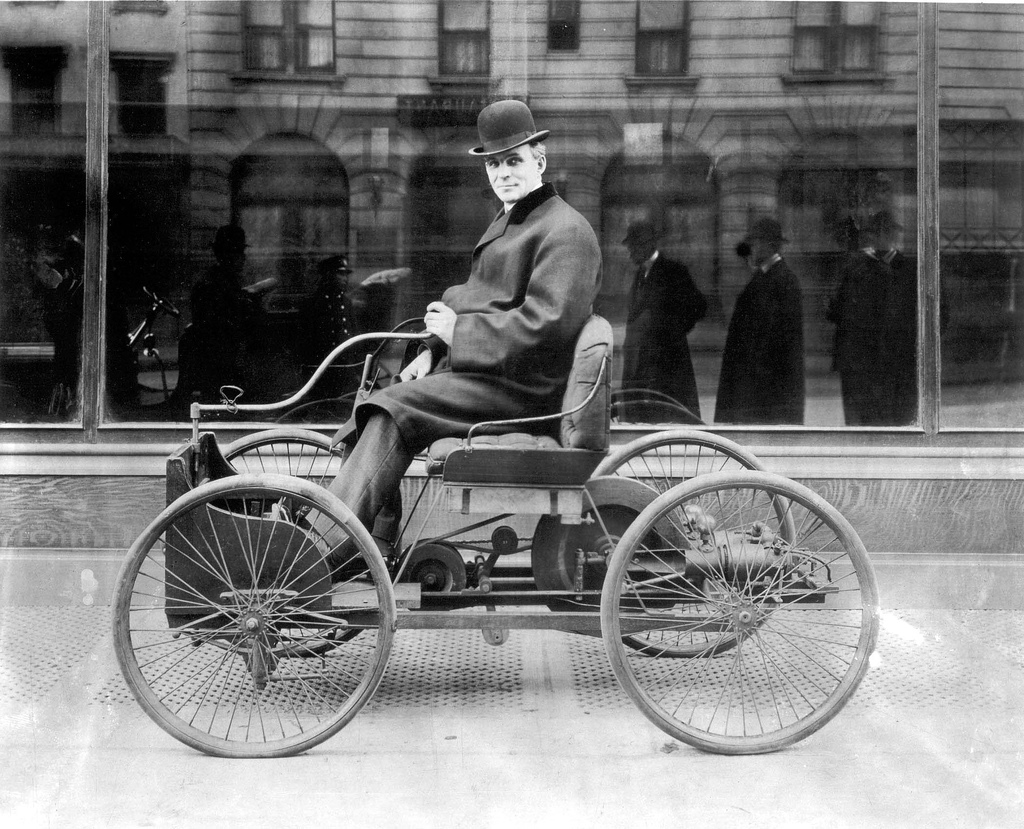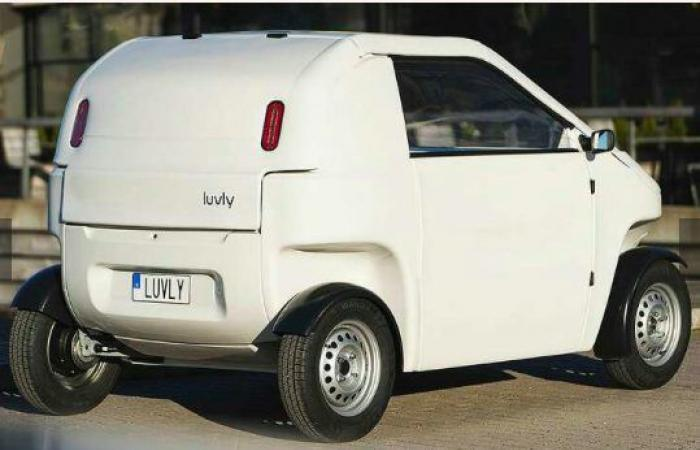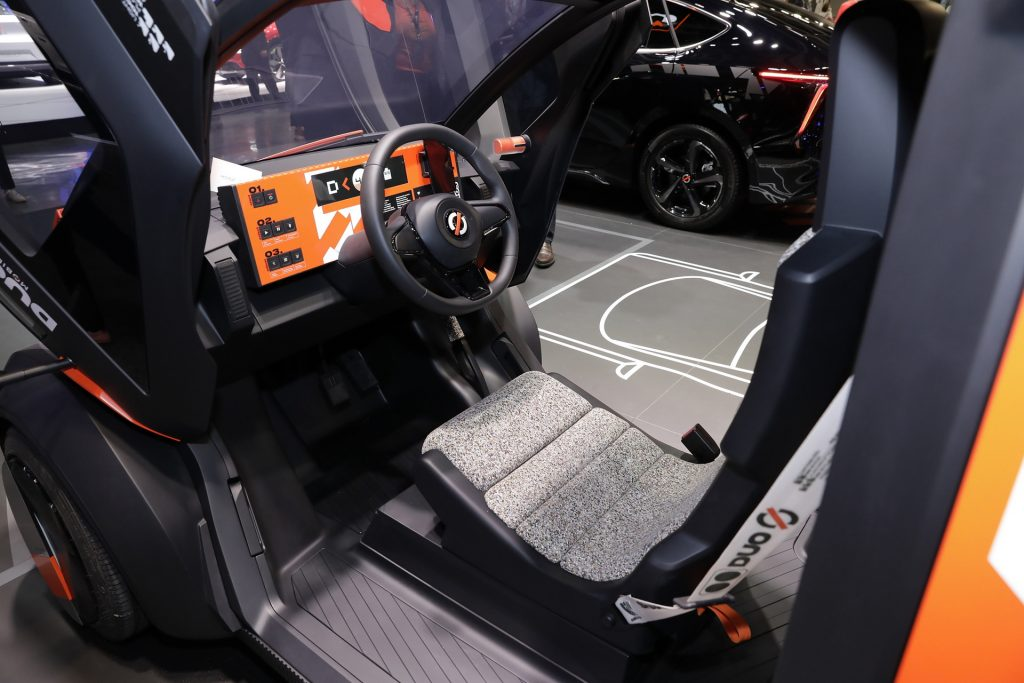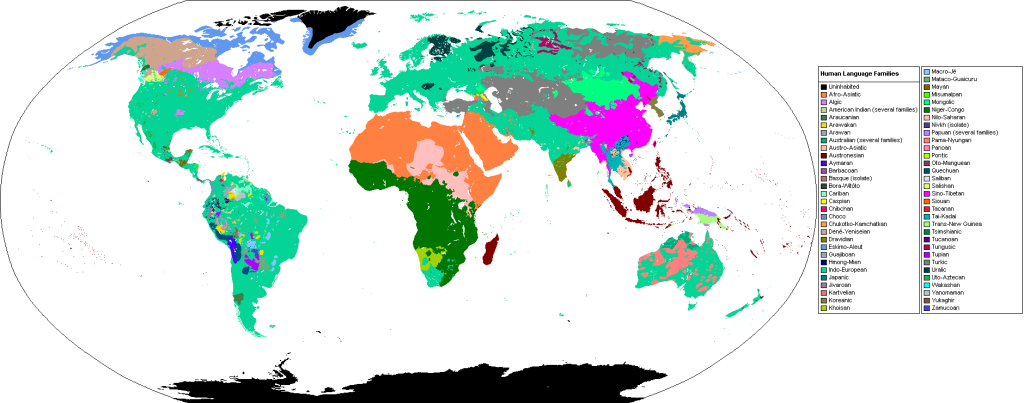
While the focus of Words of the Year 2022 was on social justice, in 2023, one cannot escape the fact that the world is heading towards an environmental catastrophe. Global warming is real, and will continue to happen, with western consumers the primary agents of change, while the citizens of the rest of the world pay for its consequences.
Part of this year’s efforts in appraising words of the year, is to allow readers to determine the meaning of a resurrected word: Technohygiene. Now, for the first time ever in this weblog, people get to determine what this word actually means. This is not a matter of multiple choice. The word is given, what should it mean?
January – Quiet Hiring
Quiet hiring is when an organization acquires new skills without actually hiring new full-time employees. It can mean hiring short-term contractors, or current employees could move temporarily into new organizational roles.
There were some predictions that 2023 would result in a recession, which could point to a slow down in hiring, but not a hiring freeze or layoffs. The main challenge is that there is a talent shortage, mentioned in 2022, that hasn’t gone away. This means it’s harder to increase or even maintain a head count, at the same time there is a desperate need for talent, so that companies can meet (potentially exceed) their ambitious financial goals.
Hiring usually falls into one of three categories: staffing existing roles, creating new roles or addressing an immediate need. Quiet hiring is only concerned about that third category. It prioritizes the most important functions at a given time.
Now, if only employers would ensure that work resulted in improved health for employees and the planet. I note that this term isn’t used in Scandinavia, where the majority of workers belong to trade unions, including this writer, until 2023-12-01, when I resigned from Norsk lektorlag – a union for teachers.
February – Snye
There are times when I can be found using the Internet. Much of that time is spent exploring the world, and discovering new features about it, including examining old as well as new maps. This led to Snye.
Snye refers to a side-channel, especially one that later rejoins the main stream/ channel. Sometimes it refers to a backwater. It is a Canadianism, used mainly in Ontario. The word was discovered by looking at a map of the Chenal Ecarté aka The Snye, a river in the municipalities of Saint Clair and Chatham-Kent in Southwestern Ontario, Canada. It is a left distributary of the St. Clair River that flows to Lake St. Clair, and thus is part of the Great Lakes Basin.
The word is probably adapted from chenail (in Quebequois) a variant of standard French chenal. Chenal comes from canālis in Latin = waterpipe/ conduit, possibly derived from canna = reed/ pipe. Canna is related to the Ancient Greek kánna, from Semitic origins, such as the Akkadian qanū = reed, and related to modern Arabic qanāh = canal/ channel; and, Hebrew qāneh = cane/ reed/ stem.
Latin derivates of canna in English include: canal, cane, canister, cannoli, cannon, canon, canyon, channel. Also related is the surname Chanel.
Snye was first recorded in English in the 1810s.
March – Complisult
Yes, this is the art of combining a complement with an insult. It comes from the NBC television show Community. In more ancient times, it was known as a backhanded compliment. An example: I like your shirt, it almost fits you. A complisult, first sets the recipient up, by saying something nice, to allow that person to start trusting. Then comes the insult, designed to let the recipeint feel an inferior status.
Trump is a master of the complisult: I’ll say it with great respect: Number one, she’s not my type. Number two, it never happened. After he says: I’ll say it with great respect, the follow up phrase is a dismissal.
With complisults, one is entering the domain of a gaslighter/ narcissist incapable of giving a conventional compliment. The complisult serves two purposes. First, it leads the recipient to a false sense of security. Second, it allows the gaslighter/ narcissist gain something. As soon as the recipient gives them something, perhaps just a smile, they respond with the insult or, at best, a comment that shows indifference.
April – Funemployment
The root of this word is not employment, but unemployment. Instead of regarding unemployment as a problem, it is seen as an opportunity.
For months, the above two sentences, were all that I had written about Funemployment. As publication of this post approached, I wondered, if I should seek out a different word as a replacement. Fortunately, writing something else entirely, I looked up synonyms for similar, on thesaurus.com.
On 2023-12-18, dictionary.com (sibling site to thesaurus.com) announced that it was going to present a vibe of the year! Vibe(s) = the overall feel of a situation or person.
Their choice was eras = periods of time in a person’s life characterized by something distinctive and noticeable, such as a particular emotional state, relationship, achievement, or interest. Retirement is possibly one such era.
They explained, vibe of the Year “is based on the shared sense that we’re all looking for ways to define the perpetually shifting stages of our cultural and personal histories.”
Having been funemployed for seven years, but with a secure source of income, it is useful to appreciate the vibes this period of time brings with it.
May – Baby Chasing (v) / Baby Chaser (n)
Zonda Chief Economist Ali Wolf, explains there’s a big overlap between select baby boomers and select millennials. They are often competing for the same houses, the former downsizing into retirement houses, the latter stepping on the first rung of the property ladder with a starter residence. The key difference between the two groups is that boomers have equity, in the form of their current debt-free house, while millennials have less. Boomers are attempting to help their less fortunate offspring by selling up and moving close to provide extra help rearing the pandemic babies. These movements are tracked in Zonda’s Baby Chaser Index. Austin, specifically, along with Texas and other locations in the sun belt, more generally, are top locations.
Millennials have pushed up home prices in recent years as demand outweighs supply. Yet, this situation will start to reverse over the 2020s, as Baby Boomers begin aging out of the housing market, while post-Millennial generations are smaller, leading to population growth declines, or even reversals. This could lead to excessive housing in the market, reducing prices.
Reading about this phenomenon once again in 2023-08, it appears that American real estate analysts had underestimated the number of residences boomers would need. Somehow, they had not realized that widowed boomers would want to retain their independence, and would not want to move into someone else’s residence.
June – Salt tooth
The Irish News tells us “… more than 40 per cent of people have a weakness for salty rather than sugary flavours. Experts call this phenomenon a salt tooth, and it’s becoming more common. For while some people are genetically programmed to crave salt, others are now developing a salt tooth as a result of the prevalence of highly processed, salty food in our diet.”
Salt contributes to the gluttony crisis. People are eating more than they need. In part, this is because agricultural production has exceeded dietary needs. Greed encourages these excessive production levels. Initially, global food companies thought they were be able to profit from this, by exporting their surplus. However, surpluses became more of a world phenomenon. So, these companies responded by encouraging increased consumption = gluttony.
There are places in the world that are resisting gluttony. Gianni Pes and Michel Poulain (1947 – ) developed the concept of blue zones resulted from demographic work in Nuoro, Sardinia, published in 2004. People concerned with diet should probably investigate The Blue Zones, popularized by Dan Buettner (1960 – ) by reading books, watching videos or listening to podcasts. There is even a short introduction available online.
July – Global boiling
UN secretary general, António Guterres (1949 – ) noted that scientists confirmed 2023-06 was on track to be the world’s hottest month on record. He said the era of global warming had ended and “the era of global boiling has arrived”.
Thermal reflective paint is produced by Cool Roof France (CRF). It claims to be on a mission to reduce the ambient temperature inside buildings in a sustainable and cost effective way, by painting roofs white! White paint is traditionally made up of calcium, solvent and water. Calcium? In France, more than 130 Gg = 130 000 Mg = tonnes of oyster shells are thrown away every year. CRF takes a few tonnes of this waste and uses the outer part of the shell – which is made from calcium – to replace other sources of calcium in its paint.
Yet, oyster shells offer another advantage, it produces a more durable paint. The thermo-reflective roof paint is applied in three layers. The first two layers make it a durable product which will last for around 20 years. The third layer is able to reflect 90 per cent of the sun’s rays away from a building, resulting in an average temperature reduction of six to seven degrees Celsius. In France, this means a 30 – 50 % reduction in air-conditioning (read: energy) usage. For further information, see this Euronews article.
Here at Cliff Cottage, I am considering painting our black metal roof white.
August – Noctalgia = sky grief
Along the sins of developed nations is a propensity to pollute air and water and to create massive amounts of carbon dioxide, that is dumping into the atmosphere triggering global boiling. If this is not enough, the haves have significantly increased light pollution. Aparna Venkatesan (University of San Francisco) and John C. Barentine (Dark Sky Consulting) have coined a new term to help focus efforts to combat light pollution. Noctalgia captures the collective pain humankind is experiencing, as it continues to lose access to the night sky.
To tackle noctalgia, a movement has sprung up across the globe to create dark-sky reserves, where surrounding communities pledge not to encroach with further expansions of light pollution. Elon Musk is not part of this effort. Satellite-based light pollution will require international cooperation and pressure on companies like SpaceX to be better stewards of the skies they are filling with constellations of Starlink satellites. They have put orders of magnitude more satellites into orbit than even a decade ago, with even more expected. Those satellites spoil deep-space astronomical observations when they cross a telescope’s field of view. More importantly, they scatter and reflect sunlight from their solar arrays.
September – Coruscating
Coruscating, readers are told in a Guardian article, means sparkling or emitting flashes of light. It is derive from the Latin coruscāre, to flash or vibrate. Yet, it could also mean the same as excoriating, censuring severely, severely critical or scathing. The article then mentions that David Shariatmadari (?- ) in his book Don’t Believe a Word: The Surprising Truth About Language (2020): “A word’s origins do not reveal its underlying meanings.”
Elizabeth Closs Traugott (1939 – ) explains that the first meaning of toilet in English was a “piece of cloth, often used as a wrapper, especially of clothes”. It adopted several other meanings before taking on its current one.
Michael Proffitt, chief editor at the Oxford English Dictionary, shows this new usage of coruscating dates to at least to 1995. It was added to the Oxford Dictionary of English, in 2017.
October – Rizz
Rizz refers to a term used by Generation Z to describe someone’s ability to attract or seduce another person. Rizz probably comes from the middle of the word charisma. It can be used as a verb, as in to rizz up = chat someone up.
Younger generations continually create opportunities to own and define the language they use.
Thus, another term used by these people is situationship = an informal romantic or sexual relationship.
I find it interesting that the word comes from the middle of a larger word. In Norwegian, many words come from the end. For example, a car (or any vehicle) is referred to as a bil, from automobil.
November – Authenticity
On 2023-11-27, Merriam-Webster announced its word of the year, authentic. Editor Peter Sokolowski stated: “We see in 2023 a kind of crisis of authenticity. What we realize is that when we question authenticity, we value it even more. Can we trust whether a student wrote this paper? Can we trust whether a politician made this statement? We don’t always trust what we see anymore. We sometimes don’t believe our own eyes or our own ears. We are now recognizing that authenticity is a performance itself.”
Definitions include: not false or imitation: real, actual, exemplified in an authentic cockney accent; true to one’s own personality, spirit or character; worthy of acceptance or belief as conforming to or based on fact; made or done the same way as an original; and, conforming to an original so as to reproduce essential features.
December – Unabated
Abated, as it refers to fossil fuels, is generally understood as capturing emissions before they go into the atmosphere. Thus, unabated fossil fuels are those without interventions to substantially reduce greenhouse gas emissions. The key word here is substantially. Does it mean 75% or 90% or 99%?
The world has known about the damage caused by fossil fuels for a long time. The Intergovernmental Panel on Climate Change (IPCC) published its second assessment report in 1995. This affirmed the science of anthropogenic climate breakdown. At that point, the world was informed about what was happening.
United Nations Climate Change Conferences, held annually and generally referred to as the Conference of the Parties (COP).
The sixth IPCC report delivered in 2023-03 issued humanity a bleak final warning – the biosphere is on the brink of irrevocable damage.
Thus, it is incomprehensible that the COP28 president was Ahmed Al Jaber, who is also director general and chief executive officer (CEO) the United Arab Emirate’s (UAE) Abu Dhabi National Oil Company (ADNOC). He has stated that climate diplomacy should focus on phasing out emissions, not fossil fuels.
Thus, it is incomprehensible that the powers that be allow the CEO of an oil company to chair the 28th round of the COP climate talks, in Dubai, in the United Arab Emirates, in the hottest year on record, and with carbon emissions rising.
According to the United Nations Framework Convention on Climate Change (UNFCC), the COP host country should rotate between five regional areas: 1) Africa, 2) Asia-Pacific, 3) Eastern Europe, 4) Latin American and Caribbean, and 5) Western European and others.
It has now been decided that Baku in Azerbaijan will host COP 29. It is extremely concerning that a significant fossil fuel-producing nation will host the annual climate conference for the third consecutive time, following Egypt and the United Arab Emirates. Burning fossil fuels is one of the chief causes of the climate crisis,.
Dishonorable mention – Password Child
I don’t know how to break this to my children, but neither of their names have been used as passwords. The closest I have come is using the name of a fictional character from a book first read some decades ago for a disposable email address. Disposable? Yes, I believe I still have access to it. At a minimum I have its password recorded, but do not recall using it since 2006.
Cambridge, as in a quaint British university, states that password child is a humorous way of referring to a parent’s favourite child, supposedly because the parent will often use the name of that child as a computer password.
My son, Alasdair, visited a graveyard at Morar in Scotland, 5 km south of Mallaig, where Loch Morar empties into the sea. (Mallaig can be found on the map below, just south of Skye). Morar is currently home to 257 souls, the MacLellans lived there before South Uist in the Hebrides, before the Margaree Valley on Cape Breton Island, before Nanaimo on Vancouver Island, before Vangshylla, Inderøy = Inner Island, in Norway. Alasdair discovered that many of the people in the graveyard were MacLellans named Shelagh and Alasdair, spelled as we had chosen to spell their names.
Word of the Year 2023 – Vatnyk

ватник is how the word is written in both Russian and Ukrainian. The Ukrainian transliteration to English, vatnyk, has been chosen, over the more common Russian transliteration, vatnik. Vata in plural. The term refers to a steadfast, jingoistic follower of Russian government (Kremlin) propaganda. Jingoism is a violent, or at least threatening, form of nationalism.
The use of the word originates from an Internet meme first spread by Anton Chadskiy, using the pseudonym Jedem das Seine on VK in 2011. BK in Russian = VK in English refers to ВКонтакте (VKontakte = InContact), a Saint Petersburg based Russian online social media and social networking service. It was later used in Russia, Ukraine, then in other post-Soviet states. The name refers to a cartoon character with a black eye, who wears a padded cotton wool jacket.
During the cold war (1947 – 1991), tankie referred to members of communist parties in western countries, notably the United Kingdom, who followed the Kremlin line, agreeing with the crushing of revolts in Hungary (1956) and Czechoslovakia (1968) by Soviet tanks. It was used, especially, by Western Marxists who wanted to distance themselves from hardliners.
Vatnik emerged because tankie was seen as an outdated reference, too limited in its ability to insult people on the far left. Because Russia is no longer communist, but still an authoritarian aggressor, tankie lost its political effect. As a result, those previously referred to as tankies are now called vatnik/ vatna.
Supporters of the Russian government, have described vatnik as an ethnic slur, in Wikipedia, and on social media networks. Evidence does not support this position.
Norwegian word of the year – Dupes
According to Norwegian Broadcasting Corporation (NRK) journalist Ragnhild Laukholm Sandvik, dupes was the biggest shopping trend in 2023. A dupe (duplicate) is a fairly similar but much more affordable alternative to an expensive product.
In 2023, the number of Google searches for the word dupe has set a new record. In addition, more than a third of Norway’s population between 15 and 25 have bought dupes in the past year. Dupes is about making a good deal, but it requires an awareness of rapidly changing online trends. It also helps to make some smart discoveries, as well as being aware of what one can afford.
Final comment for 2023
In 2023, the big three languages I have studied with Duolingo are Ukrainian, Finnish and Gaelic. After visiting the Faero Islands and Iceland, I realized there was less of a need to continue any study of Icelandic, because it is doubtful that I would return there again. Previously, I have used Icelandic online.
I have also signed a Welsh petition that protested Duolingo no longer updating its Welsh course from the end of 2023-10. This petition calls for the First Minister of Wales, Mark Drakeford, to personally intervene with Luis von Ahn, the CEO of Duolingo, with the aim of saving the Welsh course. There are currently over 650k active learners of Welsh on Duolingo & over 2 million have learned some Welsh on the course.
The Welsh Government’s target of 1M people with B2 & better skills by 2050 will be negatively impacted by this. If this can happen to Welsh, it can happen to Gaelic! Except …
The National Centre for Gaelic Language and Culture, Sabhal Mòr Ostaig, has taken over development of the Gaelic language course for language app Duolingo.
Scottish Gaelic was added to the app in 2019, with the course originally being built by a team of volunteers including Skye-based architect Màrtainn Mac a’ Bhàillidh, who is also a member of Gaelic campaign group Misneachd = courage.
Mac a’ Bhàillidh will continue to lead the team working on the course now it has moved over to Sabhal Mòr Ostaig, which is based in Sleat on the Isle of Skye. Sleat is not shown on the map below, but it is a peninsula furthest south on the island.
Dr Gillian Munro, principal at Sabhal Mòr Ostaig, said the partnership with the app, which has attracted 1.1 million Gaelic learners from across the globe, is to align the language courses both organisations offer.
“The success of Scottish Gaelic on Duolingo demonstrates the growing demand to learn Gaelic both in Scotland and internationally, and we would like to pay tribute to the dedicated volunteers for developing such a great course – ceud mìle taing dhuibh [= a hundred thousand thanks],” she said.
Colin Watkins, UK country manager at Duolingo, added: “As the Scottish Gaelic course grew in popularity, it was important for us to find the right partner to continue its development. The fit with Sabhal Mòr Ostaig, the National Centre for the Gaelic Language and Culture, is perfect.
“We’re confident the course will continue to go from strength to strength under the direction of Sabhal Mòr Ostaig, who are taking the original development team on board to work on the course.”
I believe my McLellan paternal grandfather, Alexander (1869 – 1935) had Gaelic as his first language.
